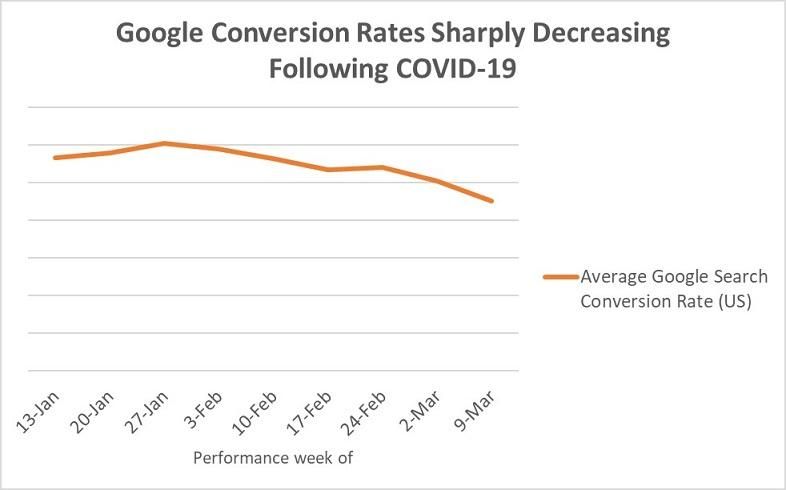The Gist: Earwax and Spinning Tops
Living online has prompted some to ask questions that they've never faced before. I want to address the least important of those questions. What's with all the Earwax Ads?

The Department of Education continued to assure parents that they have no particular idea how to open schools, the UK media struggled to escape a conversation about the UK’s race history by fleeing into trivia and Ireland had strong feelings about the opening of Pennys.
Instead of dealing with that, I’m going to talk about what we can discern from the sudden upsurge in ads for earwax on the internet.
This is the Gist.
The Year of Earwax
Since lockdown, the number of hours spent online has soared amongst the population. Phone companies removed caps on internet use, streaming videos became a staple part of the public conversation and webcams simply sold out worldwide.
If you’re in the business of delivering physical items to people, it must have seemed like all your Christmases come at once (albeit with the terrible logistical problem of trying to keep up with all your Christmases unexpectedly coming at once).
But the greatest money machines in the world- the Google and Facebook duopoly on advertising- suffered a very strange reversal. People started noticing they were encountering more and more junk ads for fringe products. The most viscerally objected-to ads were for earwax removal items, illustrated with unstinting amounts of wax.
Also making their return were those totems of meaninglessness, the executive toy spinning top. If you were middle aged and male, the spinning tops were coming for you.
But why did this advertising monoculture coincide with global lockdown? Well, basically, these are the bottom-feeder ads. Google runs an auction every time you load a web page. It’s fast, because it has to finish by the time the page has loaded. Google grabs their profile of you and race around a load of ad-brokers, asking “Who wants this guy? How much will you pay to show ads to him?”
Normally, this is a crowded market, with a lot of different advertisers looking to pay money to plop their ads in front of your eyeballs.
But if the market collapses, you’re left with the bottom feeders. The firms who bid indiscriminately to show ads to everyone, but only at fire-sale prices. If the only ads you see are earwax and spinning tops, it’s a sign something weird has happened down at the Google Money Mines.
And, at this stage, that means that something weird has happened in the economy.
Waxing and waning
In April, Wordstream (a sort of adwords analysis site) said that, even as the whole US population became Extremely Online, they saw a 21% drop in conversion rates. Those are the vital moments where someone who clicks on an ad goes on to buy something.

There was also a (less dramatic) 7% reduction in the numbers of people clicking on ads in the first place.
However, it seems that the usual advertisers must have seen something similar. A drop in click-through rate means that you are still paying Google for clicks but not getting any good out of them.
So it seems that the inventory of Google ad space suddenly collapsed in value as the lockdown bit, leaving the likes of earwax and spinning tops to fill the void. Or, in the case of those accursed spinning tops, to embody the void.
All of which is a bit of fun, except for what it suggests about the post-lockdown economy. A collapse in click through rates and advertising inventory suggests that both business and consumers are prioritising cash preservation. From the view of the individual, this makes sense.
But at an economy-level this is the recipe for 1930s style deflation.
If we’re all still looking at earwax by October we can take it that even greater levels of economic stimulus and government borrowings are going to be needed to avoid the most economically and socially dangerous of all events, the deflationary spiral.





